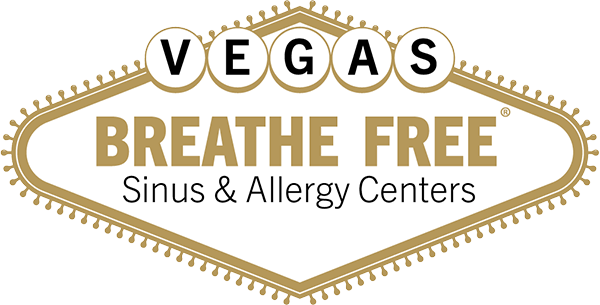Allergy season seems to come around every season. “Something in the air” is always to blame for feeling congested or under the weather. It can be pollen, a shift in the wind, or even fur from the cat. However, there is a possibility that it may not have anything to do with allergies at all. In fact, it may just be a problem with the sinuses.
Symptoms
Initially, there may be confusion when trying to figure out if it is truly allergies or a problem with the sinuses. There are, however, key factors that can help determine which is the culprit. One thing to pay attention to would be the accompanying symptoms. The two share similar symptoms (like congestion, runny nose), but with allergies, people may also experience hives, irritated eyes, stomach cramps, and tongue swelling.
What to Watch For
Another way to see if the issue is the result of allergies or sinus issues would be to pay attention to external conditions at the time of the symptoms. During the colder, windier months, it is not uncommon to experience frequent runny noses, but if symptoms flare up more than a typical “sniffle” that may indicate trouble within the sinuses or a sign of allergies. Significant changes in symptoms when there is a difference in the environment, not just the weather, may be an indication of allergies.
It can be easy for people to ignore that the two often go hand in hand. If there is a problem with the sinuses, it is likely that it will alter the impact that allergies will have. If the sinuses are swollen and cannot drain, filter, and function properly it can create trouble with congestion, additional buildup, and more discomfort.
How to Tell the Difference
The main differentiation between allergies and sinus infections or problems is pain and pressure. A person experiencing pain and pressure within their face is not likely experiencing allergies. Facial pressure is caused by sinus blockage and pressure buildup in the sinuses, making them feel tight or full. This is a strong indication of a sinus infection.
It can be relatively easy to narrow it down, but the surest way to figure out if there is suffering from allergies, sinus related issues, or a combination of the two is to see a doctor. They can be able to determine what a person is allergic to via tests such as allergy panels (where a person’s skin is exposed to different allergens), or blood work. A doctor is also able to examine the inside of a person’s sinuses. They can do this by using an endoscope or a CT scan. Modern technology and tests can help determine whether they are dealing with allergies, sinus issues, or both. With a concise answer, the best course of action can be chosen based on individual factors and preferences. For allergy problems, medication, allergy shots and avoidance of allergens are the best approaches. For the sinuses, fixing structural issues and getting rid of blockage is usually the best option.
As the seasons change and the sniffles surge, the main goal is to alleviate the discomfort and congestion. The first step is to pay attention to the signs and consult a doctor to determine if it is seasonal or something within the sinuses. The next step is to choose the appropriate solution to ease the discomfort, clear congestion, and breathe better.


